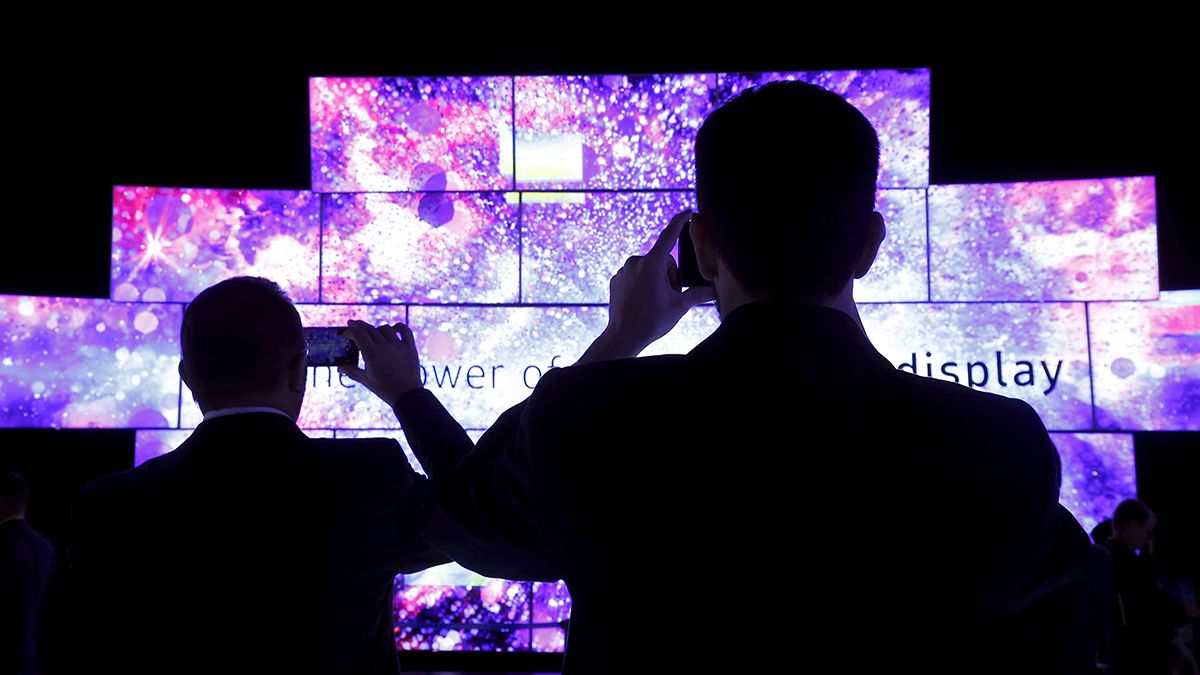A few years ago when TV execs spoke about success they used the terms “audience” and “viewers”, today at MIPTV – a global TV and digital content event held in Cannes – everyone is talking about “fans”.
It’s the result of a young, digitally connected generation that is getting more and more of its video content online and on social networks.
Fresh Gen Z insights from
MargaretCzslr</a> <a href="https://twitter.com/Wildness">Wildnessmip</a>, love to hear that 9 / 10 watch <a href="https://twitter.com/hashtag/YouTube?src=hash">#YouTube</a> daily <a href="https://twitter.com/hashtag/MIPTV?src=hash">#MIPTV</a> <a href="https://t.co/NnIAxYrg7Y">pic.twitter.com/NnIAxYrg7Y</a></p>— Susan Agliata (susanagliata) 4 avril 2016
Did you know, for example, that ‘superfans’ – the most loyal and passionate of all fans – make up just 20% of audiences but drive 80% of the engagement?
Mainstream media is finally beginning to appreciate the importance of this engagement metric, rather than just looking at the number of views. And it’s not just a creative choice, there’s a financial motivation too – more engaged audiences = a better return on investment.
An engaged online audience obviously means more feedback, and while creators are listening intently to this to improve content, for Victorious CEO Sam Rogoway, it can be tough to satisfy the superfan’s appetite. “Think of engagement like a rubber band,” Rogoway explains. “How do you stretch that rubber band out, knowing you can’t create unlimited content? You empower fans to be creators in their own right.”
He’s talking about multi-way dialogue than centres around fan-to-fan conversation and content creation by the community. It’s an idea that might scare some media, but not Rogoway: “You have to take a leap of faith with giving some power back to the fans.”
.
FleurDeForce</a> on YouTube fans: "Get involved with them: never see yourself as above and separated from them. Remain a fan yourself” <a href="https://twitter.com/hashtag/MIPTV?src=hash">#MIPTV</a></p>— MIP Markets (mip) 15 avril 2015
But if we are going to have such a close relationship with our audience, we better be ready to make some tough decisions if things don’t go our way. Ahmed Abbas, founder of DigiSay, gave an example from the Middle East where fan reaction forced a major TV network to bring down the first episode of a show after its star, a well-known singer, humiliated some of the viewers.
What are fans looking for?
Above all young viewers today are looking for authenticity. They want someone they can relate to, someone like PewDiePie (currently the world’s biggest YouTuber with over 43 million subscribers). As Ahmed Abbas put it: “He is just a normal guy who did this out of his bedroom.”
Authenticity and Trust. Key recipe for success –
MakerStudios</a> and Youtubers at <a href="https://twitter.com/hashtag/MIPTV?src=hash">#MIPTV</a> <a href="http://t.co/5B6dA9ktBT">pic.twitter.com/5B6dA9ktBT</a></p>— Alexandre Boyer (Alex_Boyer) 14 avril 2015
This idea was backed up in a keynote speech by Margaret Czeisler of Wildness, who revealed that 94% of surveyed Gen Zs say their number one value is “being true to oneself”. And this personal relationship with content can go even deeper as 81% of the same group reported making real-life friendships through fandoms.
Fans influencing content
Obviously feedback has always been important to the media, a song or series can easily flop without a fan base. But what’s new today is how this is being used to drive creative decisions.
There seems to be two main ways producers are using fan communities to influence their creations. Firstly there is big data. Sites like Netflix are analyzing colossal amounts of data every day, it’s what provides you with customised recommendations but it’s also what served Netflix the recipe for a hit with House of Cards.
Secondly there are producers who are involved in a two-way dialogue with their fans and who take into consideration their views when making creative decisions. Take for example, Amazon’s pilot season, where viewers vote for their favourite show. Or the Netflix series “Between” which brought a character back from the dead to host a digital segment after fan feedback revealed they had killed off a loved personality.
But for many the question is, how far can it go? If we start putting all the big creative decisions in the hands of the fans won’t we be risking the quality of our content?












